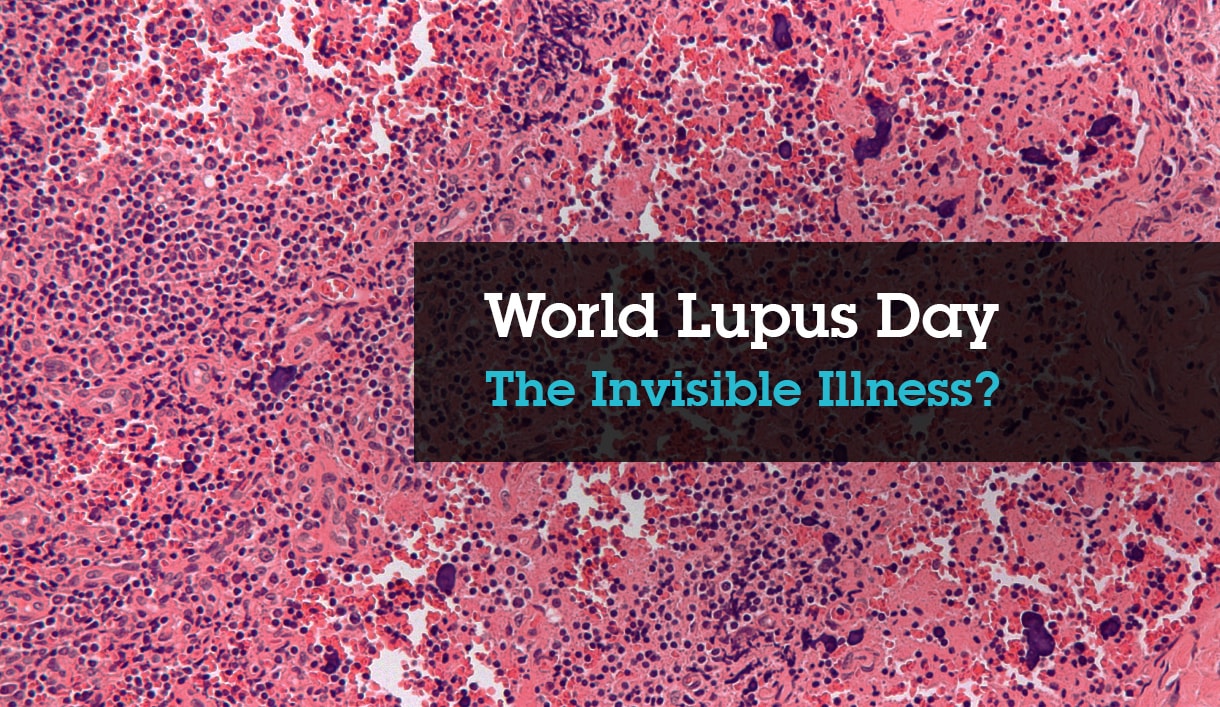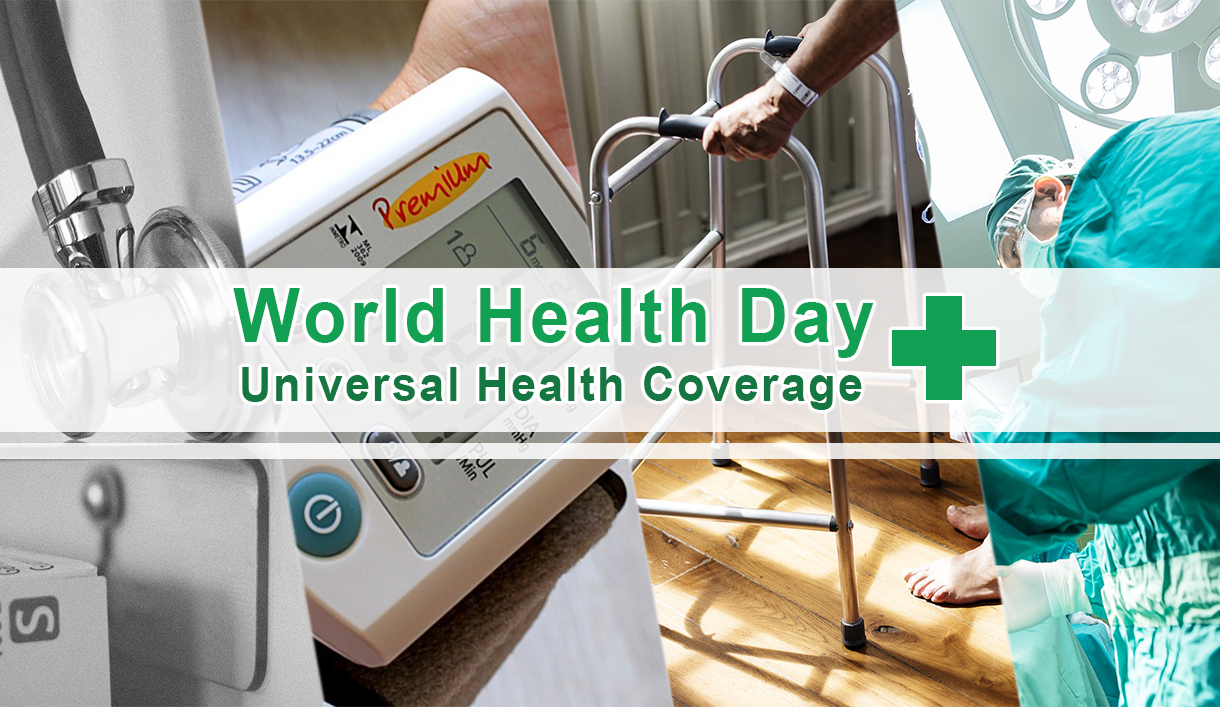Sustainability and Safety: Green Practices for a Safer World
Safety and Sustainability Practices
In an era where environmental concerns are at the forefront of global discourse, integrating eco-friendly practices into health and safety measures is not just a trend, but a necessity. “Green Safety” encapsulates this very ethos – merging the principles of sustainability with robust safety protocols to create a healthier, safer workplace and planet.
By obtaining the NEBOSH Environmental Certificate, individuals demonstrate their commitment to creating a safer world through environmental conscious decision-making.
This certification aligns perfectly with the principles of Green Safety, reinforcing the importance of integrating environmental sustainability into health and safety measures. As organisations strive to meet their environmental objectives and regulatory requirements, the NEBOSH Environmental Certificate serves as a valuable tool in driving positive change and ensuring a greener, safer future for all.
Traditionally, discussions around safety in the workplace often revolve solely around ways to prevent accidents and injuries. However, the concept of Green Safety broadens this perspective by recognising the connections between health, environmental well-being, and occupational safety.
Eco-Friendly Practices
Embracing eco-friendly practices such as:
- Energy-efficient lighting
- Sustainable transportation options
- Waste reduction
- Turning off devices when not in use.
not only minimises the carbon footprint of an organisation but also contributes to a safer working environment. For instance, moving to LED lighting not only reduces energy usage but also decreases the risk of fire hazards associated with traditional lighting systems.
Creating green workspaces involves incorporating elements such as indoor plants, natural lighting, and sustainable materials. Beyond enhancing employee well-being and productivity, these initiatives contribute to air purification, thus promoting a healthier environment for both workers and the planet.
Implementing efficient waste management strategies, such as recycling programmes and proper disposal of hazardous materials, not only minimises environmental pollution but also mitigates risks to employee health. By reducing exposure to harmful substances and pollutants, organisations can foster a safer working environment for their workforce.
Embracing Innovation for Sustainable Safety
Advancements in technology offer innovative solutions for integrating sustainability into safety practices. From wearable devices that monitor air quality, to smart sensors that detect potential hazards, leveraging these technologies enhances the effectiveness of safety protocols while simultaneously reducing environmental impact.
In the pursuit of a safer world, the integration of environmental sustainability practices into health and safety measures is not just commendable but imperative. By adopting an approach that considers the well-being of both employees and the planet, organisations can pave the way for a greener, safer future.
Remember, it’s not just about creating a safer workplace, it’s about creating a safer world.










